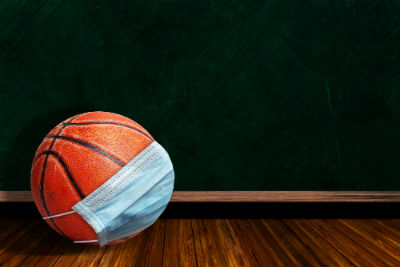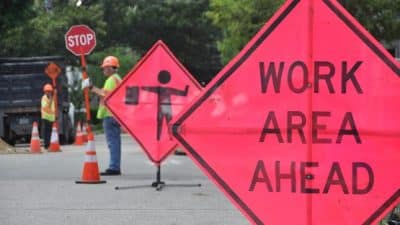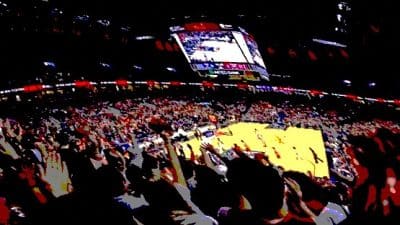
Kentucky, Kansas, North Carolina, Duke: what do these schools have in common? For decades they have been among NCAA college basketball royalty.
Now, none are currently ranked in the AP Top 25, and barring a postseason conference tournament title for each squad, March Madness will be March sadness.
Some pundits are pointing to the pandemic as for the decline. A stretch, but, possibly.
The one common thread for the true bluebloods is they have become programs for the one-and-dones.
Kentucky and Duke stand at the front of that line.
Kentucky had the No. 1 recruiting class in the country a year ago, with not one, but two five-star signees. As almost an afterthought, the Wildcats accepted four four-star signees.
Duke’s recruiting class wasn’t too shabby either. The Blue Devils had four five-star recruits and two four-star recruits.
Those two recruiting classes could give a low-rent NBA team a run for their money, not really, but it sounds good in making my point, that each school dominated the recruiting trail.
But upon closer review, rankings are often skewed.
Here’s why: the consensus No. 1 player in the nation went to Oklahoma State.
Remember, basketball recruit, not football. Nos. 2 & 4 said, no thanks to college, instead decided to get paid to play and ended up in the NBA G-League.
The No. 3-rated player, Evan Mobley, signed with Southern California, again thinking basketball, not football.
So, based on the recruiting rankings, the college basketball bluebloods don’t get a sniff of the top four high school players.
The one-and-done concept may be contributing to the decline of these programs. Kentucky and Duke are certainly recruiting well, but both are losing.
Which leads us to Virginia. Yes, the defending national champions.
In Virginia’s title run, coach Tony Bennett had a core of experienced players running, and most importantly, executing, a difficult and challenging defensive scheme, the dreaded Pack-line.
Offensively, the players were instinctively looking for not a good shot, but a better shot, which demanded patience and discipline.
Virginia had a bunch of players that us pickup basketball guys hated to see show up at the gym. Players that just don’t learn the system in a few months and a handful of games.
Many suggest that John Calipari at UK and Mike Krzyzewski at Duke have resorted to rolling out the balls, letting their players simply play.
And with the one-and-done method to recruiting, that may be the best way – perhaps the only way.
Take advantage of the skill and athleticism of the young players that haven’t been around the program long enough to learn a system or style of play the coach prefers.
The one-and-done rule also enforces a number of problems already ingrained in NCAA basketball.
Forcing players to play in college for a year; pretending to be college students for at least a few months only heightens the idea that “student-athletes” aren’t going to college to learn. Instead it’s just a very bothersome pit-stop to the NBA.
But stepping off that educational bandwagon and back onto the court, it’s obvious the one-and-done concept has some serious warts.
One look at some of college basketball’s hierarchy proves that.
Story by Scott German








